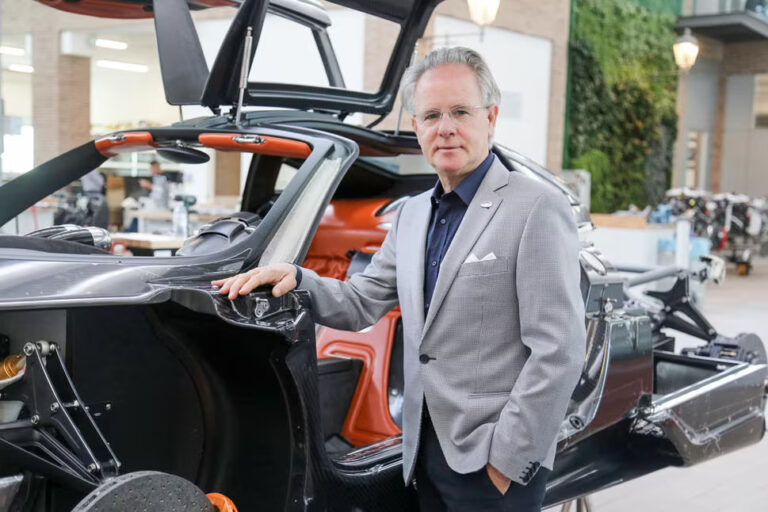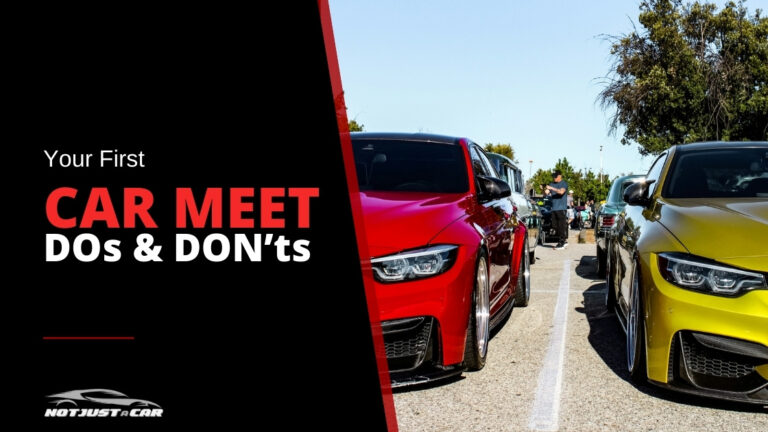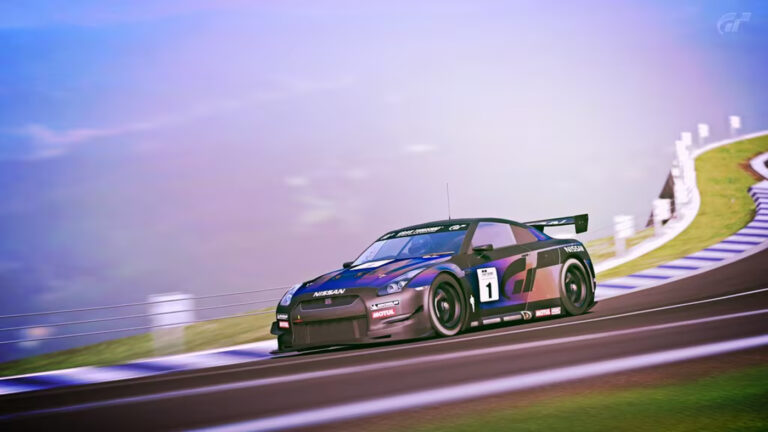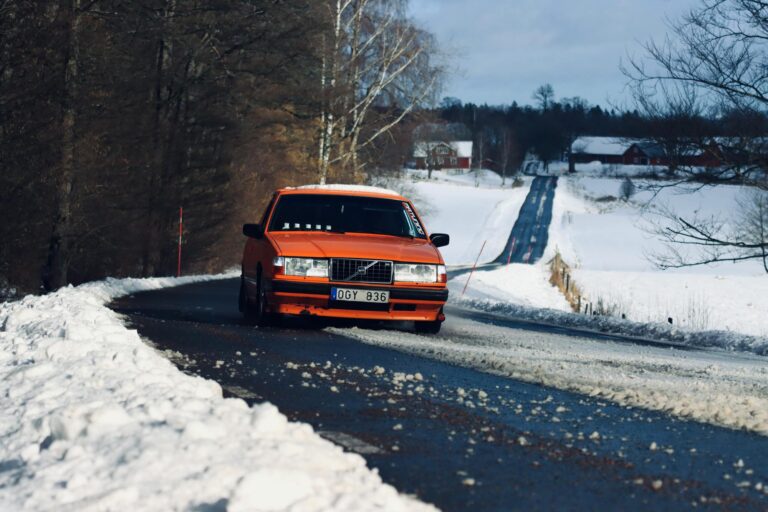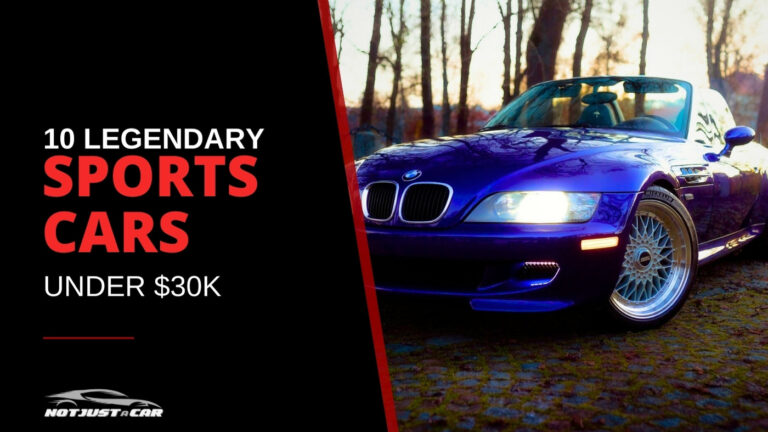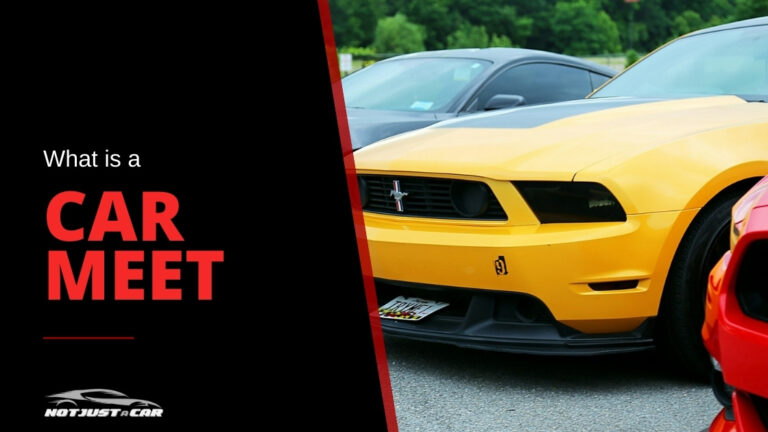Top 10 Most Iconic BMW Models Ever Made
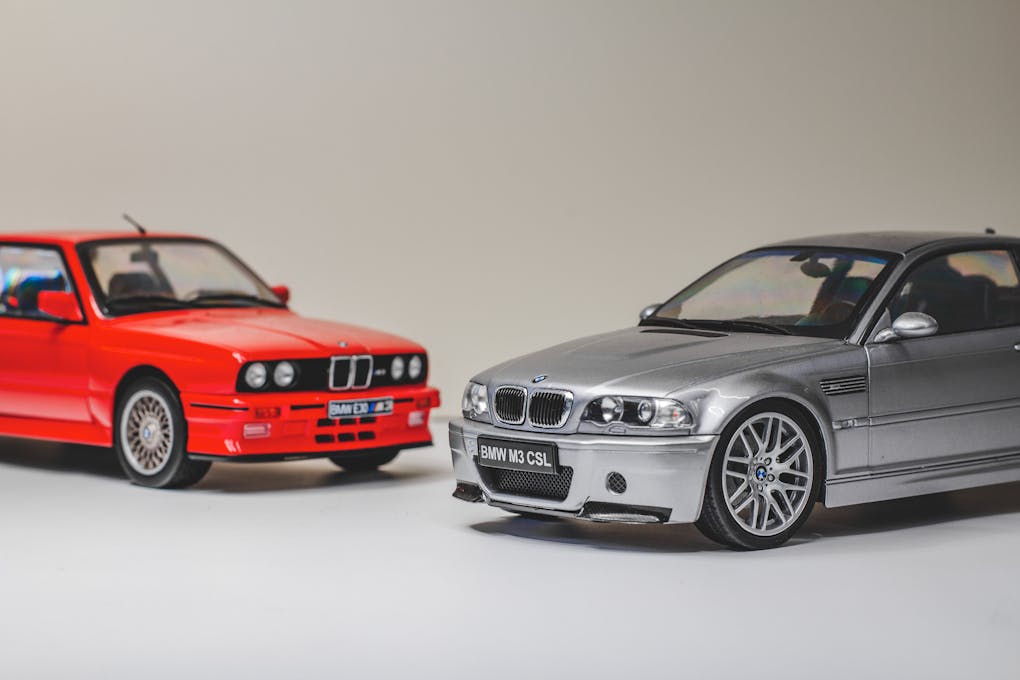
The Bavarian manufacturer has graced everything from pre-war roadsters to plug-in exotics. A few of those machines rise above mere production figures; they set benchmarks, win races, and hang as posters in garages decades later. Below is my take on the ten most iconic BMWs ever built, plus one bonus “clown-shoe” that refuses to behave.
Note: Even though this list of iconic and beuatiful BMW cars is numbered from 1 to 10, the ranking is in no way suggestive if someone is the “best” or “worst”.
With that being said, let’s go straight into it with the big Bavarian grand daddy:
Quick Links
1. 1936 BMW 328 – The Original Giant-Killer
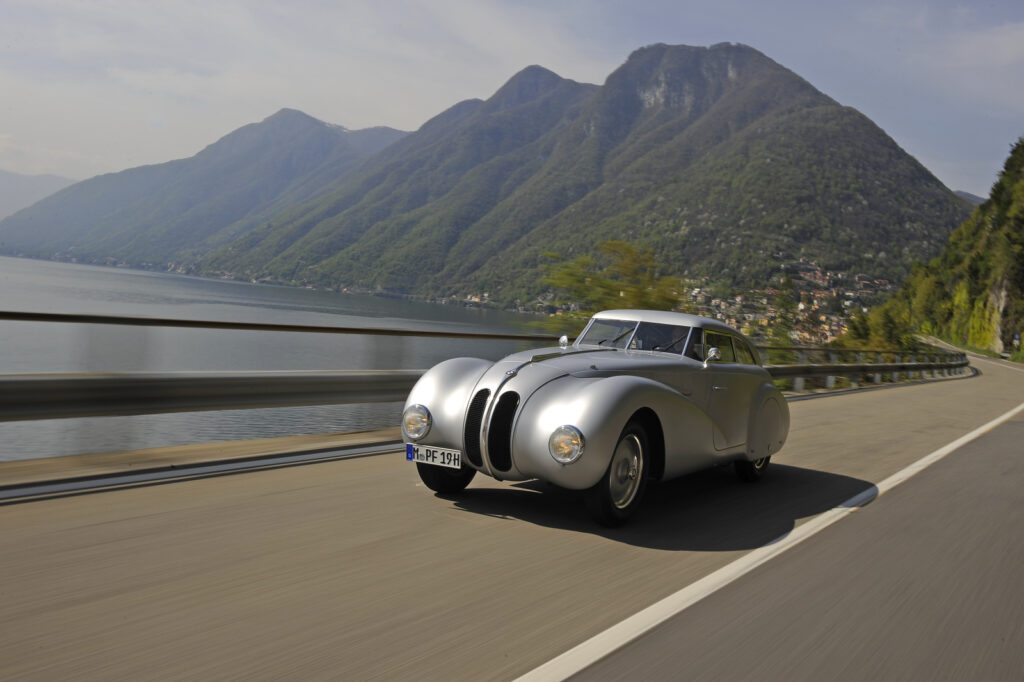
The 328 put BMW on the performance map before most of us were born.
- Inline-six, 1,971 cc, 80 hp—modest until you remember it weighed under 830 kg.
- Mille Miglia class win, Le Mans class win, Nürburgring outright victory.
- Tube chassis, hemispherical combustion chambers, and brakes that worked in the rain—rare stuff in the ‘30s.
Why it matters: every later “ultimate driving machine” can trace its DNA to this featherweight roadster that beat cars twice its size on talent alone.
2. 1956 BMW 507 – Elvis, Goertz, and the Birth of BMW Design

If the 328 is brains, the 507 is beauty.
- 3.2-litre all-alloy V8, 150 hp, and a top speed just shy of 220 km/h.
- Styled by Count Albrecht von Goertz; inspiration for the Z8 four decades later.
- Only 252 built, yet each one repositions your savings account if it crosses an auction block.
Why it matters: saved BMW’s image after the post-war slump and proved Germans could do glamour without losing engineering credibility.
3. 1973 BMW 2002 Turbo – Europe’s First Production Turbo
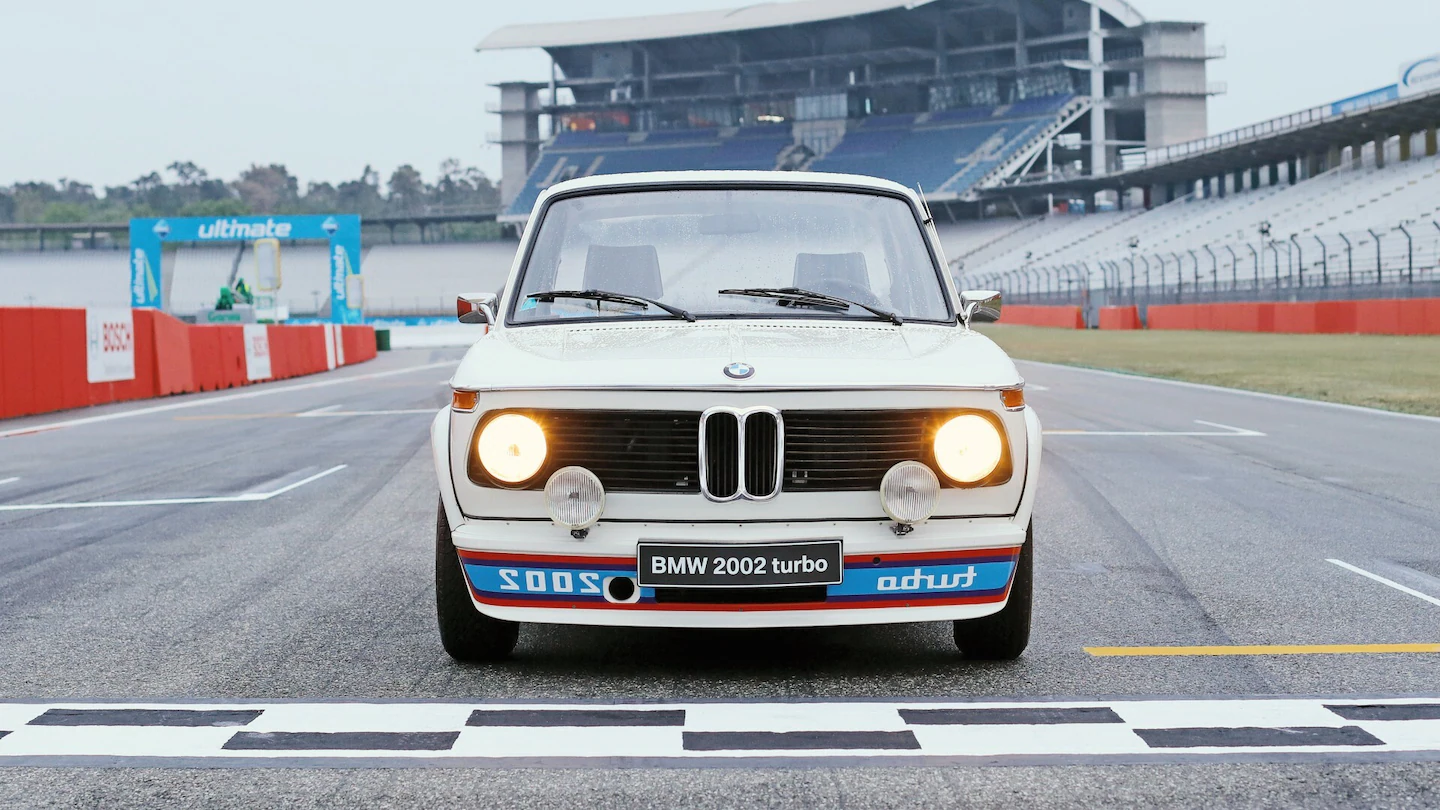
On paper: stubby two-door saloon with a 170-hp 2.0-litre four. In practice: a fist in a driving glove.
***I ADORE THIS LITTLE CAR!***
- KKK turbocharger, 1.3 bar peak boost, and a power-to-weight ratio that made period 911s nervous.
- Reverse-printed “Turbo” on the chin spoiler so it read correctly in rear-view mirrors—subtle as a brick.
- Built for just one year (oil crisis), giving collectors permanent FOMO.
Why it matters: introduced mainstream Europe to forced induction and laid the groundwork for modern M-badged fours and sixes.
4. 1973 BMW 3.0 CSL (E9) – the “Batmobile“
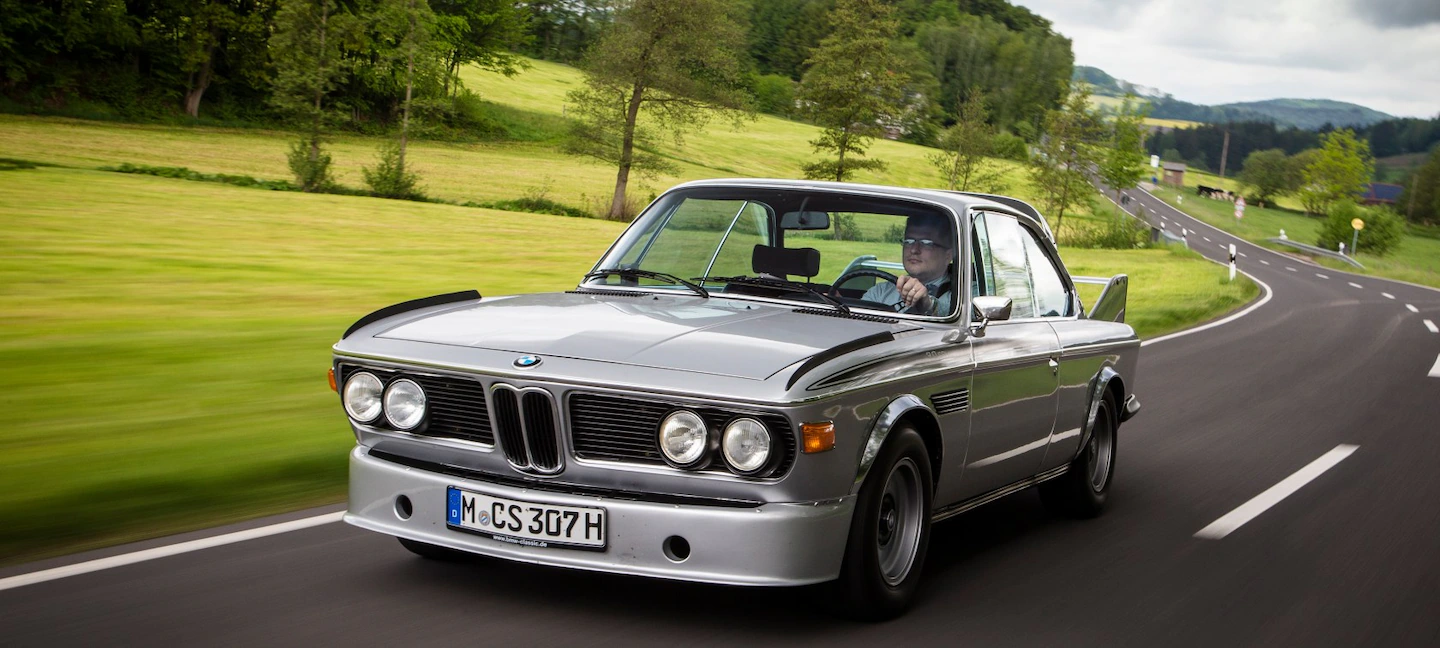
Just look at this mean-looking thing, this design is crazy looking even for today.
- 1,100 kg thanks to alloy doors, Perspex windows, and no sound deadening.
- Race trim wing kit so big it shipped in the boot; German road regs wouldn’t allow it installed at the factory.
- Six European Touring Car Championships—six.
Why it matters: turned BMW Motorsport from side hustle to core brand asset, and the iconic stripes are now worth licensing deals alone.
5. 1978 BMW M1 (E26) – The Mid-Engine Unicorn
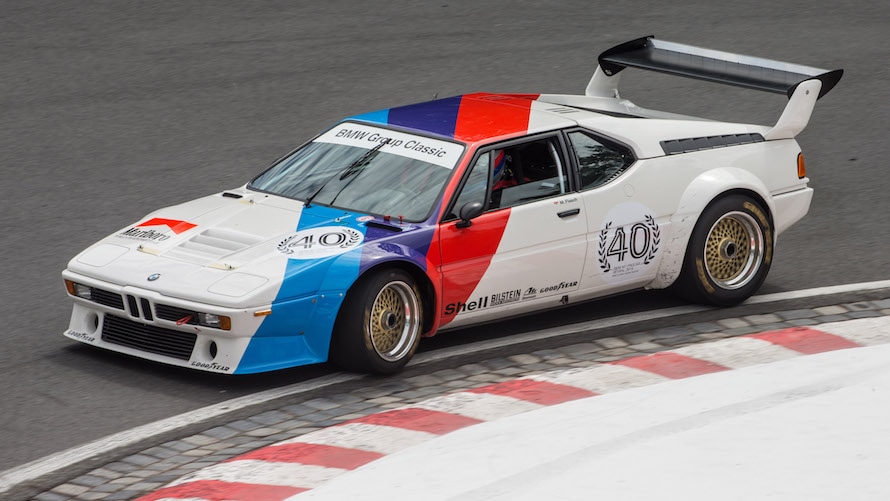
BMW’s only production supercar until the modern hybrid era. So when haters say that BMW hasn’t built a supercar, you can school them with this.
- It was the first M car BMW sold to the public. Yes, the M1 started it all!
- Giugiaro wedge on a space-frame chassis originally meant for Lamborghini.
- 3.5-litre M88 straight-six, 277 hp (street), 470 hp (Procar).
- Procar one-make series had F1 drivers battling in identical M1s before Sunday Grands Prix.
Why it matters: birthed the “M” badge you still obsess over and showed BMW could fight Ferrari on equal terms.
6. 1986 BMW M3 (E30) – The Homologation Blueprint
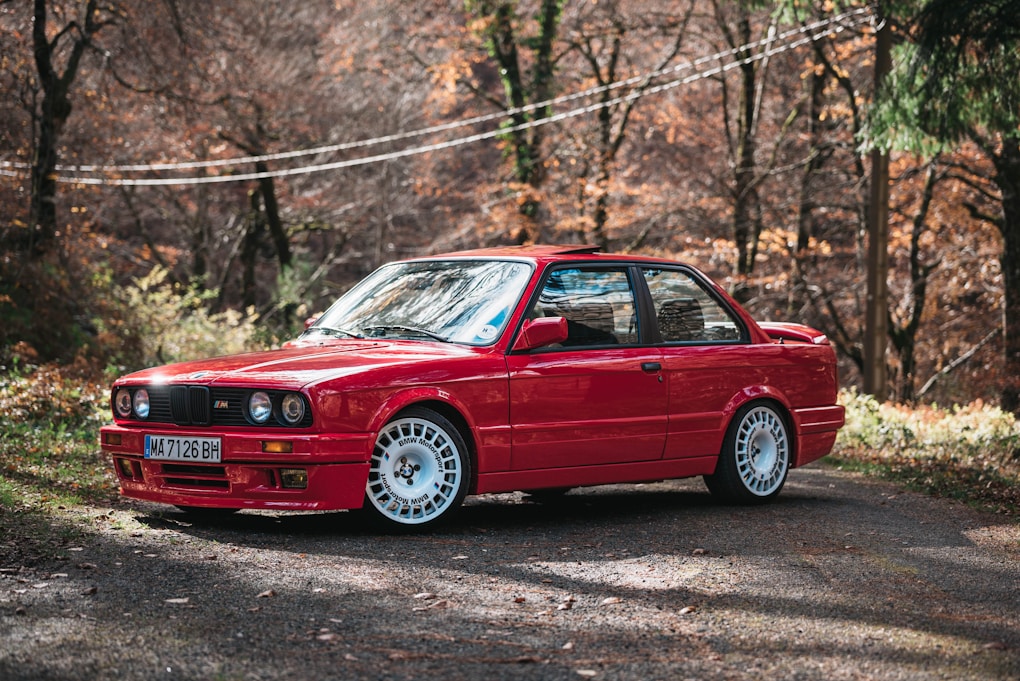
Box-flares, four-pot soundtrack, rear-door practicality, ’nuff said.
- S14 2.3-litre four, 195 hp (Evo variants cracked 235 hp).
- Snack-size weight: 1,200 kg. Lift-off oversteer served free of charge.
- DTM, BTCC, WTCC—pick a touring-car series, the E30 won it.
Why it matters: defined what an M3 should be—race tech, daily civility, no wasted grams—and every hot 3-Series since lives in its shadow.
7. 1999 BMW M5 (E39) – The Everyday Benchmark
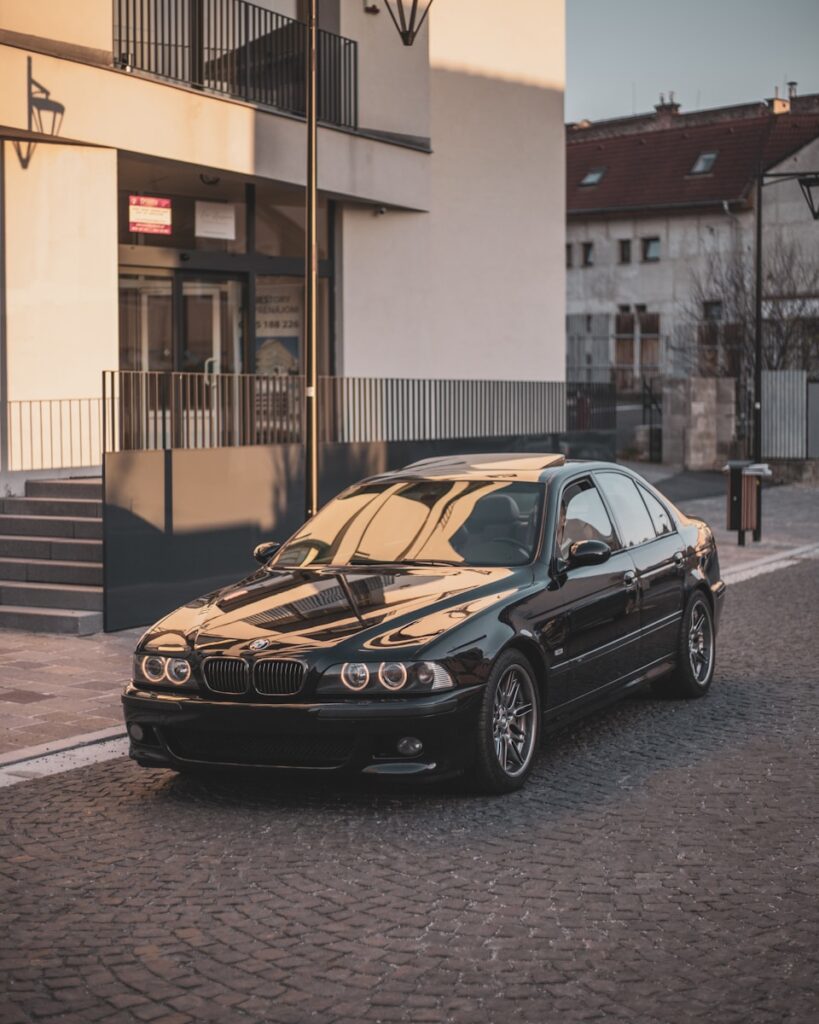
Call it the business suit with a brass-knuckle handshake, but the E39 M5 was and still is to some, peak BMW.
- 4.9-litre S62 V8, 400 hp, individual throttle bodies, 7,000 rpm redline.
- The quickest family sedan in the world at that time, 0-60 (mph) in just 4.8 seconds (that’s fast even for today standards)
- Only a six-speed manual; no automatic escape clause.
- Perfect steering feel that modern EPS racks still chase.
Why it matters: balanced super-saloon ability, long-distance comfort, and an engine note that converts AMG owners in one freeway on-ramp.
I’ve liked this car since I was a kid in the 90s and even found an old drawing of it. In my version, the E39 M5 was a cabriolet, I was creative back then! It made sense because I also liked the Z3. Here’s the picture!
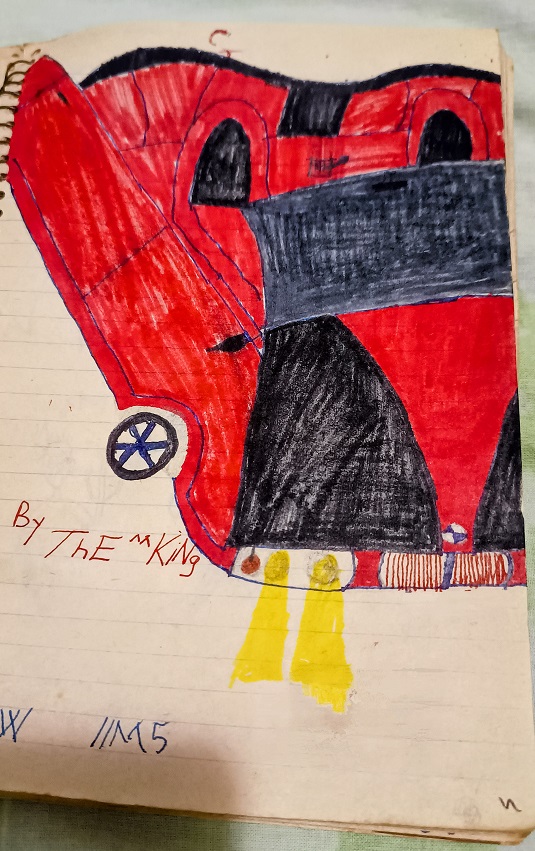
Moving on…
8. 2003 BMW M3 CSL (E46) – Carbon, Sound, Salvation
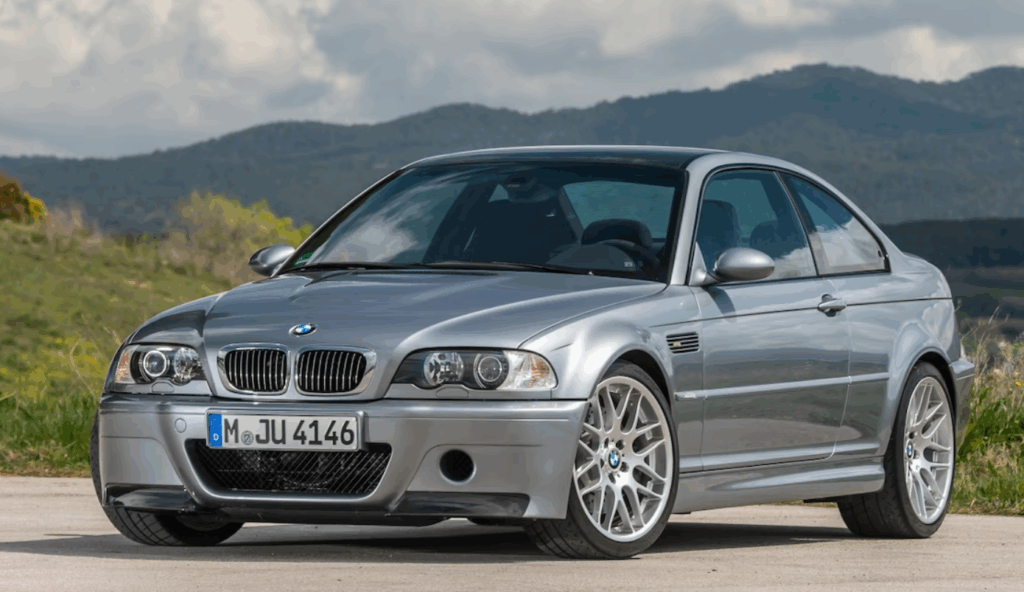
The letters stand for Coupe Sport Leichtbau, but enthusiasts translate them as “throw away the stereo to make the car go faster.”
- 110 kg lighter than stock E46 M3: carbon roof, resin-bonded trunk, no fog lights, thinner glass.
- CSL-only carbon-intake box churns out an F1-lite howl at 8,000 rpm.
- Nürburgring 7:50 on Cup tyres—supercar quick in 2003.
Why it matters: proof that less weight beats more power, and that manual steering feel can coexist with modern safety regs.
9. 2014 BMW i8 – The Future in Fast-Forward
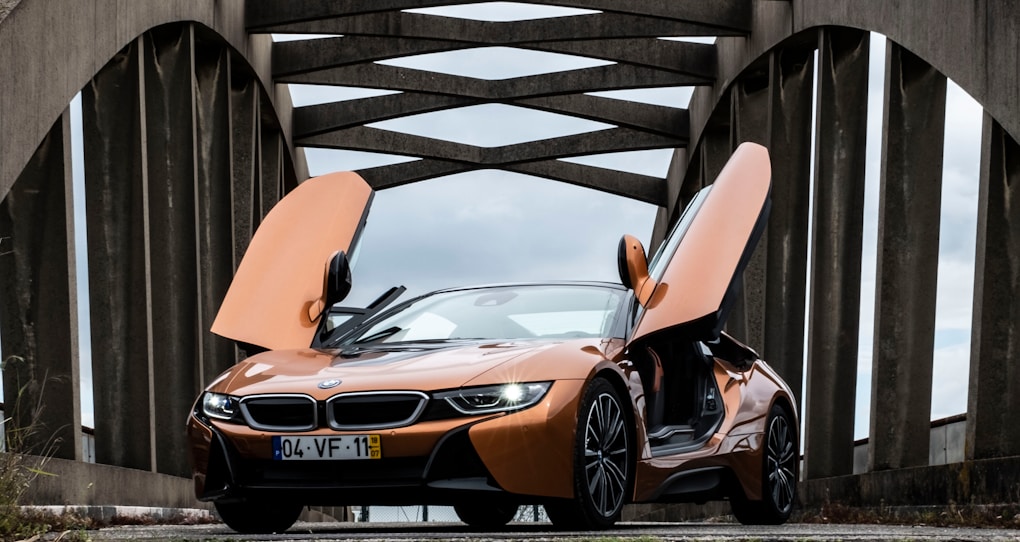
A concept-car silhouette that was actually turned into production, now that’s rare. It looked futuristic when it was introduced, and it still looks amazing years later.
- Carbon-fibre tub, 1.5-litre turbo three-cylinder + front electric motor, 357 combined hp.
- 2+2 seating, gull-wing doors, and 2.1 L/100 km official consumption if you behave (you won’t).
- Showed the world hybrids don’t have to resemble washing machines.
Why it matters: signposted BMW’s electrified direction while keeping driver engagement front and centre, some disliked the small three cylinder engine, others enjoyed it for what it really was, a breakthrough, and an absolutely iconic BMW.
10. 2021 BMW M5 CS (F90) – The Four-Door Supercar Slayer
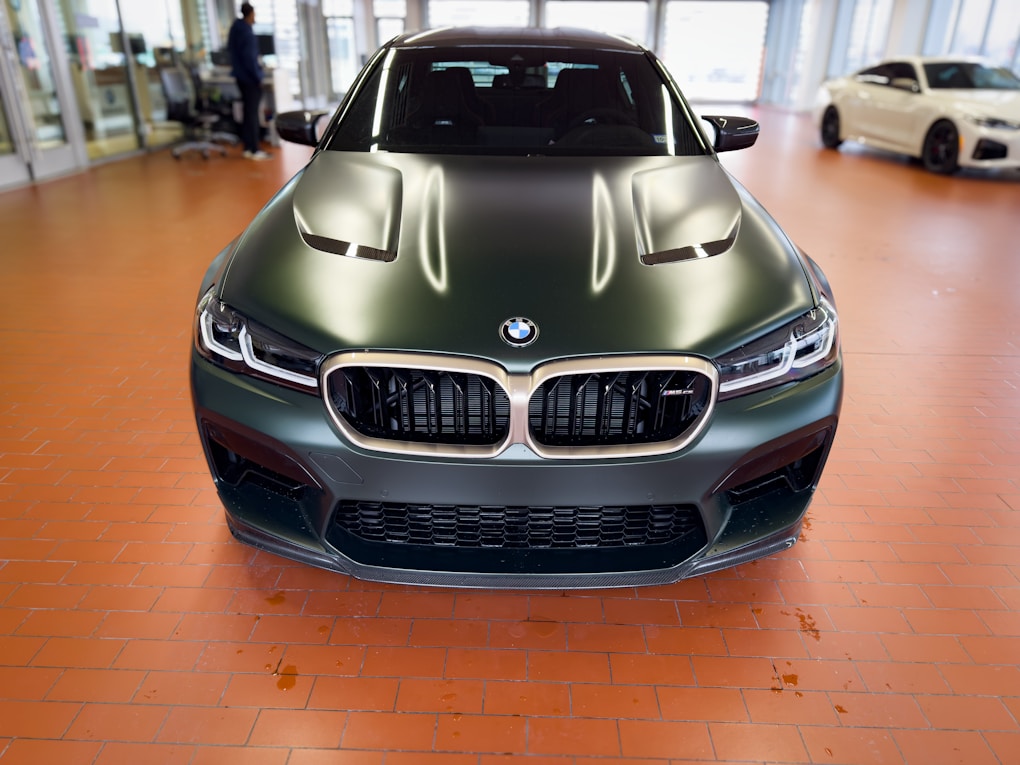
If a Nürburgring lap could pick up the kids from school, it would drive this.
- 4.4-litre twin-turbo V8 bumped to 635 hp.
- Carbon bucket seats front and rear, saving 70 kg over a base M5.
- 0-100 km/h in 3.0 s; 7:29.5 on the ‘Ring—faster than a Ferrari 458 Italia.
Why it matters: ultimate evolution of the supersedan formula, reminding us that BMW can still blend practicality with numbers that bruise supercar egos, a legit throwback to the E39. This will probably go down in history as one of the greatest BMWs ever made. Future car classic for sure.
Bonus – 1998 BMW Z3 M Coupe “Clownshoe“

Love it, roast it, you can’t ignore it. While I liked the cabrio Z3 more when I was a kid (no idea why, because I hate convertibles as an adult lol), the coupe Z3 M looks bonkers, and a classic in its own way.
- S50/S54 straight-six, manual only, 50:50 weight despite the shooting-brake profile.
- Torsional rigidity up 2.6 × over the roadster; will drift until fuel runs dry.
- Prices quietly rising as collectors realise weird often equals worthwhile.
Why it matters: proves BMW can have a sense of humour while building a chassis stiff enough to scare modern M2s.
Final Thoughts
From 1930s Mille Miglia heroics to carbon-ceramic family sedans that smoke supercars, BMW keeps rewriting its own rulebook. Did your personal grail miss the cut? Let’s argue —politely— in the comments or over coffee at the next cars-and-croissants.

